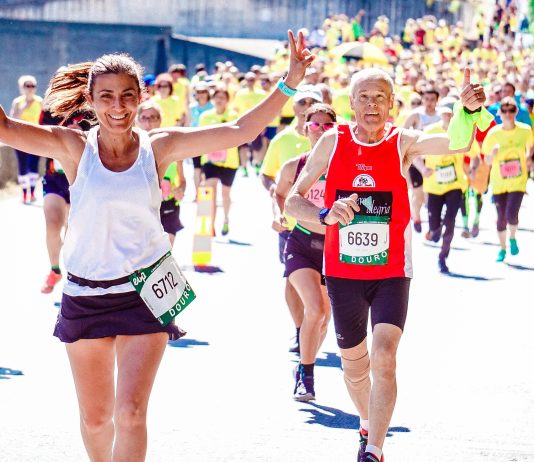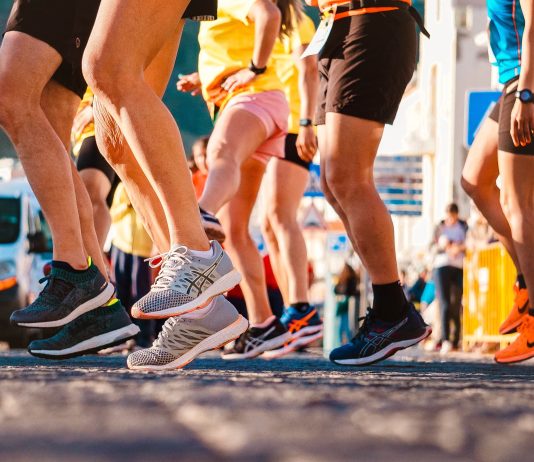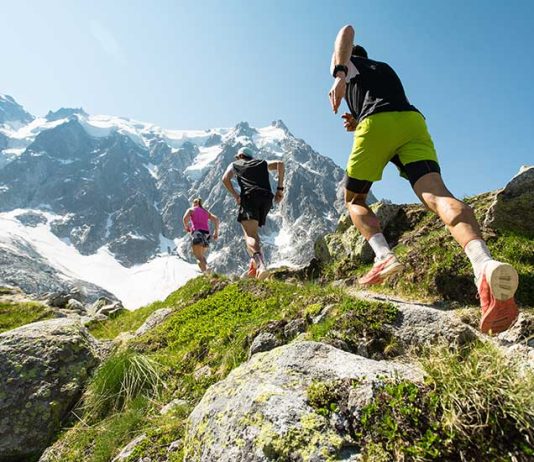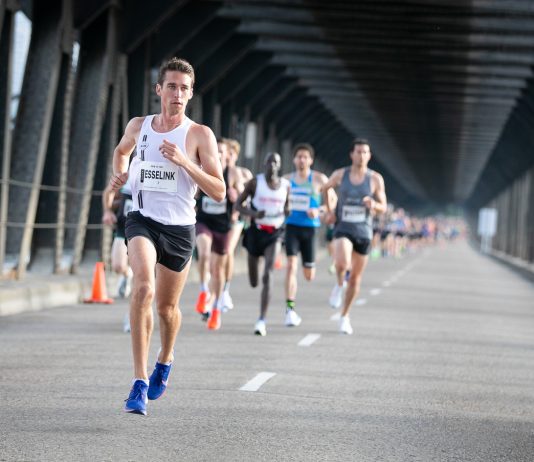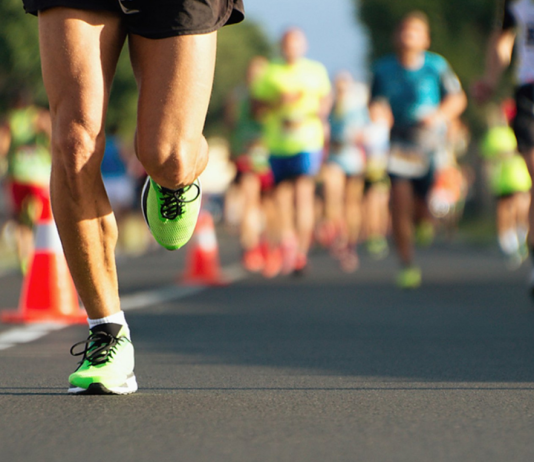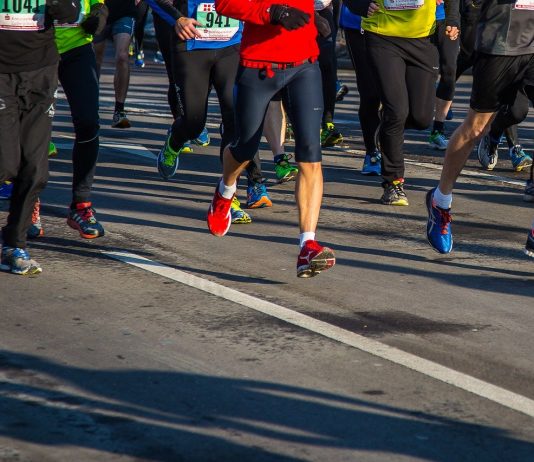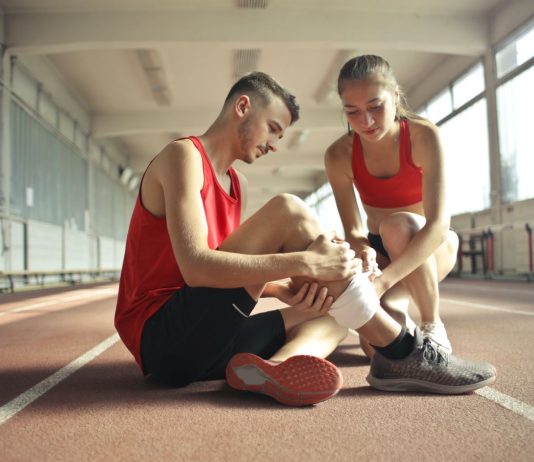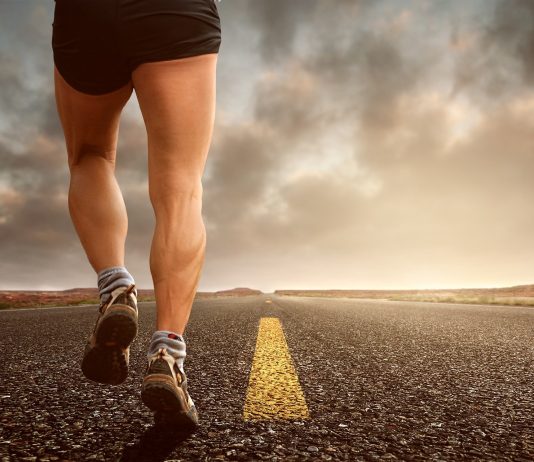For those who've reached the milestone of 50 and beyond, the world of running takes on a unique blend of allure and caution. While it's no secret that the risk of injuries tends to escalate with age, there's no need to bid farewell to your running ambitions. By adopting prudent measures, you can continue to relish the joys of jogging well into your 80s and beyond, ensuring a vibrant and active lifestyle.
The familiar refrain that "running will spell trouble for your knees" has likely crossed the ears of many a runner. These words of caution often lead runners to ponder the effect of their cherished sport on their knee joints, raising questions about whether it's time to trade in their running shoes for a biking helmet. However, it's imperative to distinguish fact from fiction and delve into the scientific veracity of these claims.
Endurance training, widely celebrated for its health benefits, now presents a paradoxical twist. Recent research delves into a surprising connection between strenuous exercise and atrial fibrillation, or A-fib. This irregular and rapid heart rhythm condition, though often benign, holds potential risks for athletes.
The world of running, exhilarating and health-boosting as it may be, is not devoid of lurking risks. Whether you're a seasoned marathoner or just stepping onto the running path, the specter of injuries can rear its head. Comprehending the underlying factors fueling these injuries is critical for both foresight and recuperation. Three fundamental culprits often stand out as the driving forces behind running-related injuries: stress, muscular imbalances, and overuse.
Discover the Insider’s Guide to Marathon Cramps: From Causes to Proven Solutions
Runnerstribe Admin -
For seasoned runners and novices alike, cramps during a marathon are an unfortunate yet familiar experience. From the common stitches plaguing newcomers to full-body spasms encountered in endurance challenges, cramping remains an unwelcome companion throughout the running journey.
Understanding the complexities of muscle cramps during exercise requires delving into the mechanisms behind neuromuscular control. Dr. Martin Schwellnus's theory on "Altered Neuromuscular Control" underscores the intricate balance of signals that govern muscle contractions. This imbalance leads to the overstimulation of muscles, resulting in cramps—a notion gaining significant traction among researchers.
Injuries are an inescapable reality in the world of trail running, even for those who diligently prioritize injury-prevention exercises. Let's face it - most of us would rather add an extra mile to our run than allocate time to exercises like deadlifts and crabwalks. Studies show that around half of all runners experience injuries within a single calendar year, making it more a matter of when, rather than if, one becomes part of this statistic.
Incorporate These Exercises into Your Routine for Better Running Form and Technique
Runnerstribe Admin -
To improve running ability, simply running farther or faster is not enough. Developing proper form and technique through dedicated training is important. Start by setting a consistent workout schedule and incorporating specific techniques like uphill running and track workouts to build endurance and speed. With hard work and dedication, improvement as a runner is always possible.
When it comes to running, having strong and healthy legs is essential. But what you might not know is that squatting is one of the most effective ways to keep your legs and glutes strong. Although it can be challenging to trade a run day for strength training, the benefits of squatting for runners outweigh the cost of skipping a run. In this article, experts break down the advantages of squats and provide guidance on proper squat form.
Running is an excellent form of exercise, but it can take a toll on your lower back if you don't take proper care of your body. The lower back plays a crucial role in maintaining an upright posture, but weaknesses in the core muscles, hips, glutes, and hamstrings can cause discomfort, pain, and spasms, putting runners at risk of injuries that can slow down progress.


